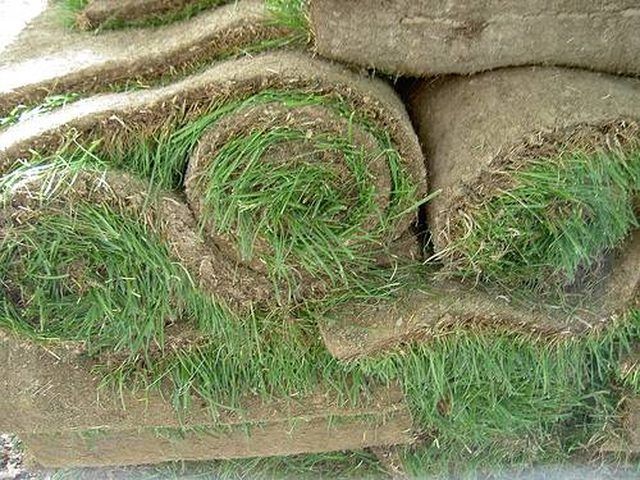Bulbs
Flower Basics
Flower Beds & Specialty Gardens
Flower Garden
Garden Furniture
Garden Gnomes
Garden Seeds
Garden Sheds
Garden Statues
Garden Tools & Supplies
Gardening Basics
Green & Organic
Groundcovers & Vines
Growing Annuals
Growing Basil
Growing Beans
Growing Berries
Growing Blueberries
Growing Cactus
Growing Corn
Growing Cotton
Growing Edibles
Growing Flowers
Growing Garlic
Growing Grapes
Growing Grass
Growing Herbs
Growing Jasmine
Growing Mint
Growing Mushrooms
Orchids
Growing Peanuts
Growing Perennials
Growing Plants
Growing Rosemary
Growing Roses
Growing Strawberries
Growing Sunflowers
Growing Thyme
Growing Tomatoes
Growing Tulips
Growing Vegetables
Herb Basics
Herb Garden
Indoor Growing
Landscaping Basics
Landscaping Patios
Landscaping Plants
Landscaping Shrubs
Landscaping Trees
Landscaping Walks & Pathways
Lawn Basics
Lawn Maintenance
Lawn Mowers
Lawn Ornaments
Lawn Planting
Lawn Tools
Outdoor Growing
Overall Landscape Planning
Pests, Weeds & Problems
Plant Basics
Rock Garden
Rose Garden
Shrubs
Soil
Specialty Gardens
Trees
Vegetable Garden
Yard Maintenance
How Is Sod Made?
How Is Sod Made?. Sod is, quite simply, mature lawn. It's also called turf. The people who run sod farms devote a great deal of time and effort to making sure this lawn is healthy, thick and weed-free so that it looks terrific when installed on a customer's land. Sod is commonly grown from either high-quality seed blends or certified hybrid sprigs....

Identification
Sod is, quite simply, mature lawn. It's also called turf. The people who run sod farms devote a great deal of time and effort to making sure this lawn is healthy, thick and weed-free so that it looks terrific when installed on a customer's land. Sod is commonly grown from either high-quality seed blends or certified hybrid sprigs. A sod farm might grow several types of grass, so landowners can choose which kind best suits their needs. They should take into consideration sun, shade and the amount of use the lawn will receive from children, pets and people playing games.
Features
Sod farms professionally cultivate, fertilize, water and mow the grass in a process that takes 10 months to two years. When mature, the sod is cut into thick pieces, including the underlying soil and roots. Because of the intricate work involved in growing sod, it is much more expensive to buy than grass seed. Sod, however, creates an instant lawn, while seed takes a long time to grow and requires more work for a landowner. Seed also might blow away, wash away or be eaten by birds.
Harvesting
People often order sod to be delivered from a sod farm on a specific day so that it can be cut within 24 hours of when it will be laid. Sod also can be ordered and picked up from a nursery or garden center. It's typically provided by a local grower to avoid long transport and the possibility of drying out, which can damage the grass. Sod is usually harvested in one of three methods: squares of at least 1-by-1 foot, rolled rectangles of varying sizes or long rolls of anywhere from 30 to 60 feet.
Preparation
For best results when installing sod, the land should be cleared of all grass, weeds and rocks, tilled and raked thoroughly to remove any remnants. Compost or fertilizer can then be tilled in before the sod is laid. Good soil should be laid before the sod if the current soil contains large amounts of clay. Sod also can be installed directly on top of old grass, although any weeds may affect the new turf.
Installation
Sod squares or rolls are placed side by side with the seams against each other but not overlapping. Sod should be watered lightly throughout the installation process. After installation, sod should be watered daily for the first week or so, and people should avoid walking on it during this time. Within three to four weeks, it should be completely ready for use as a regular lawn.